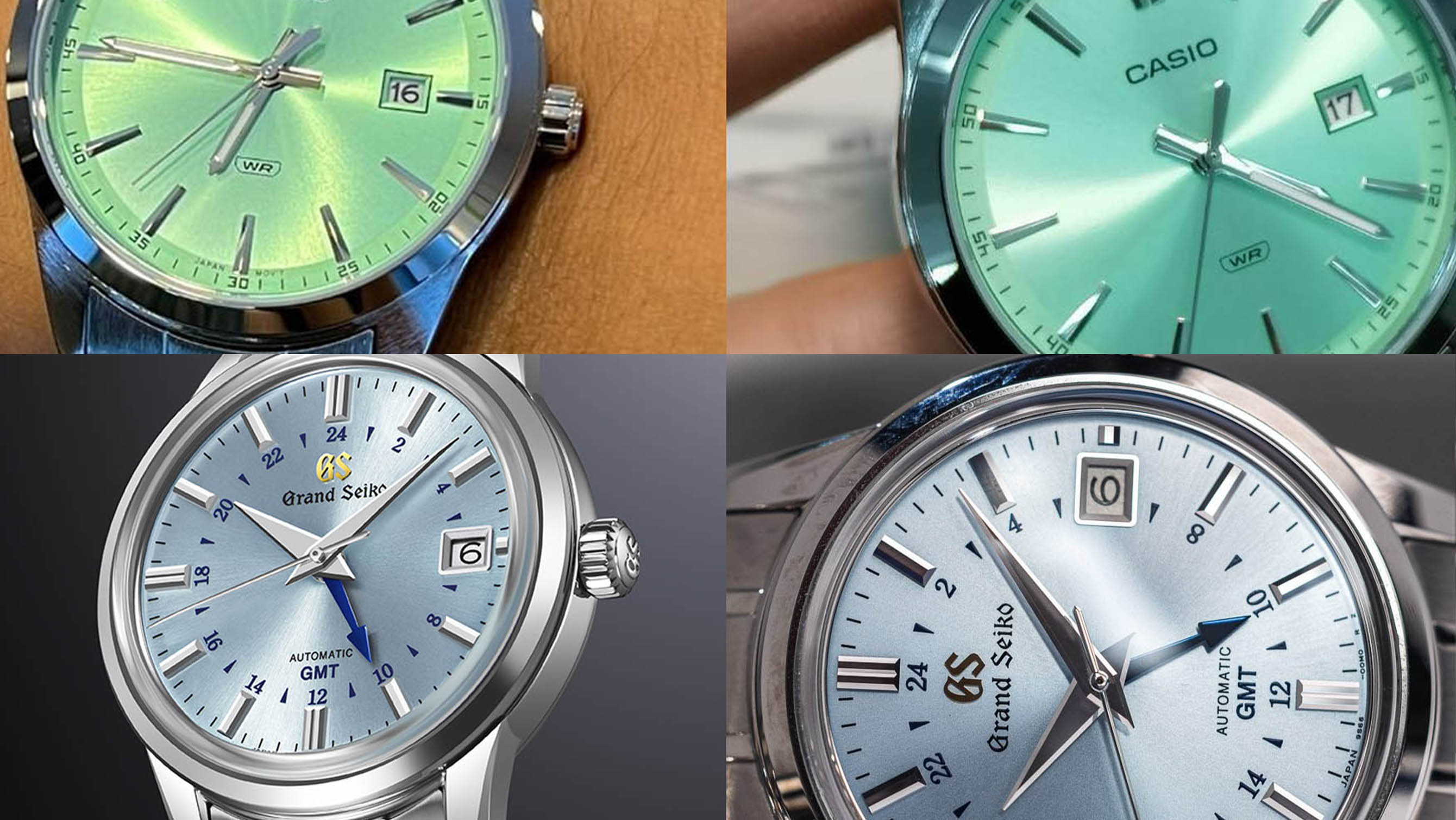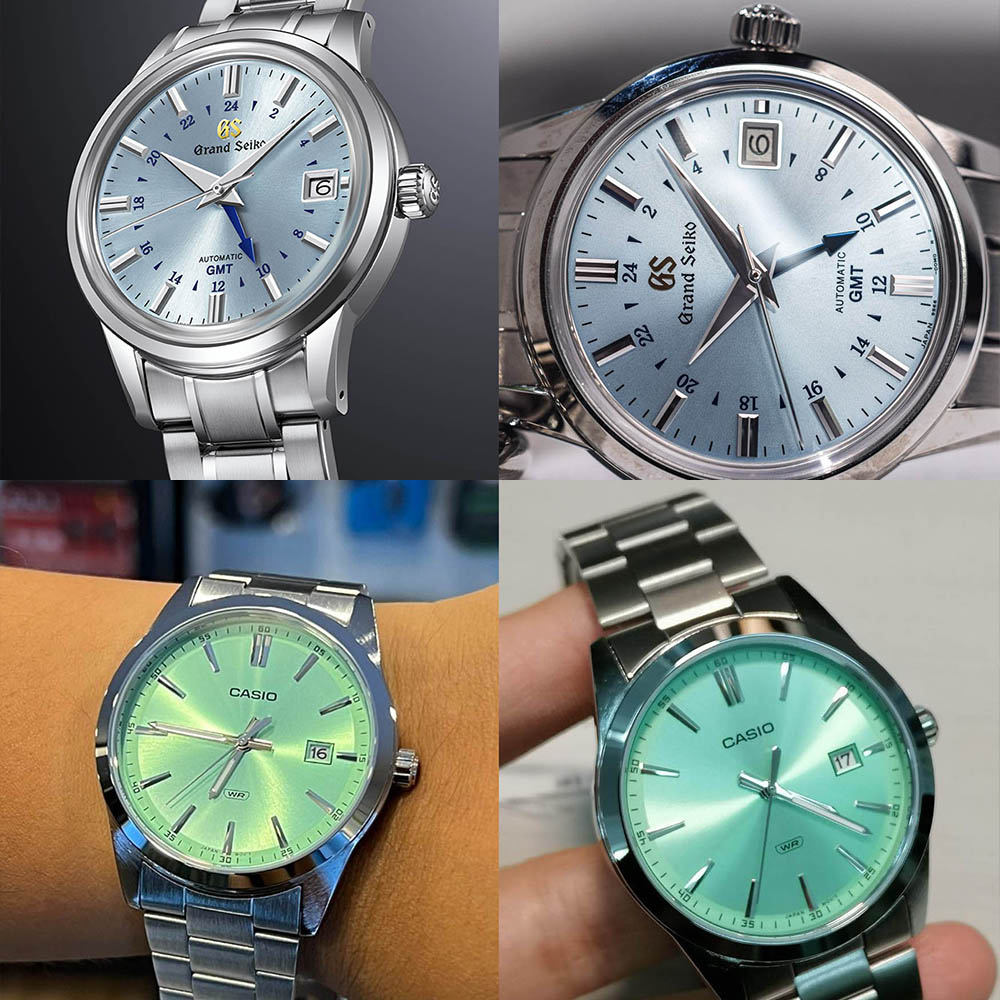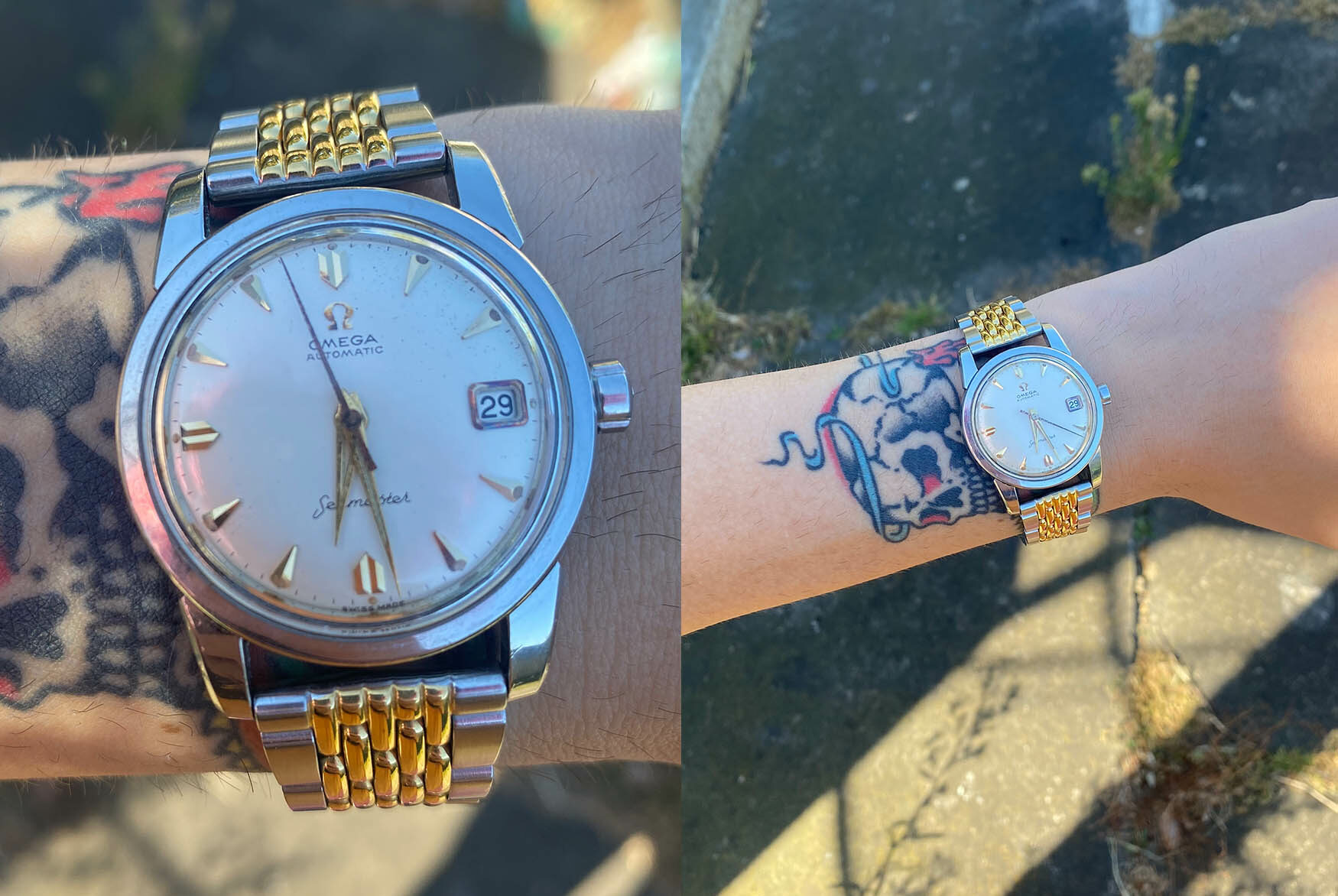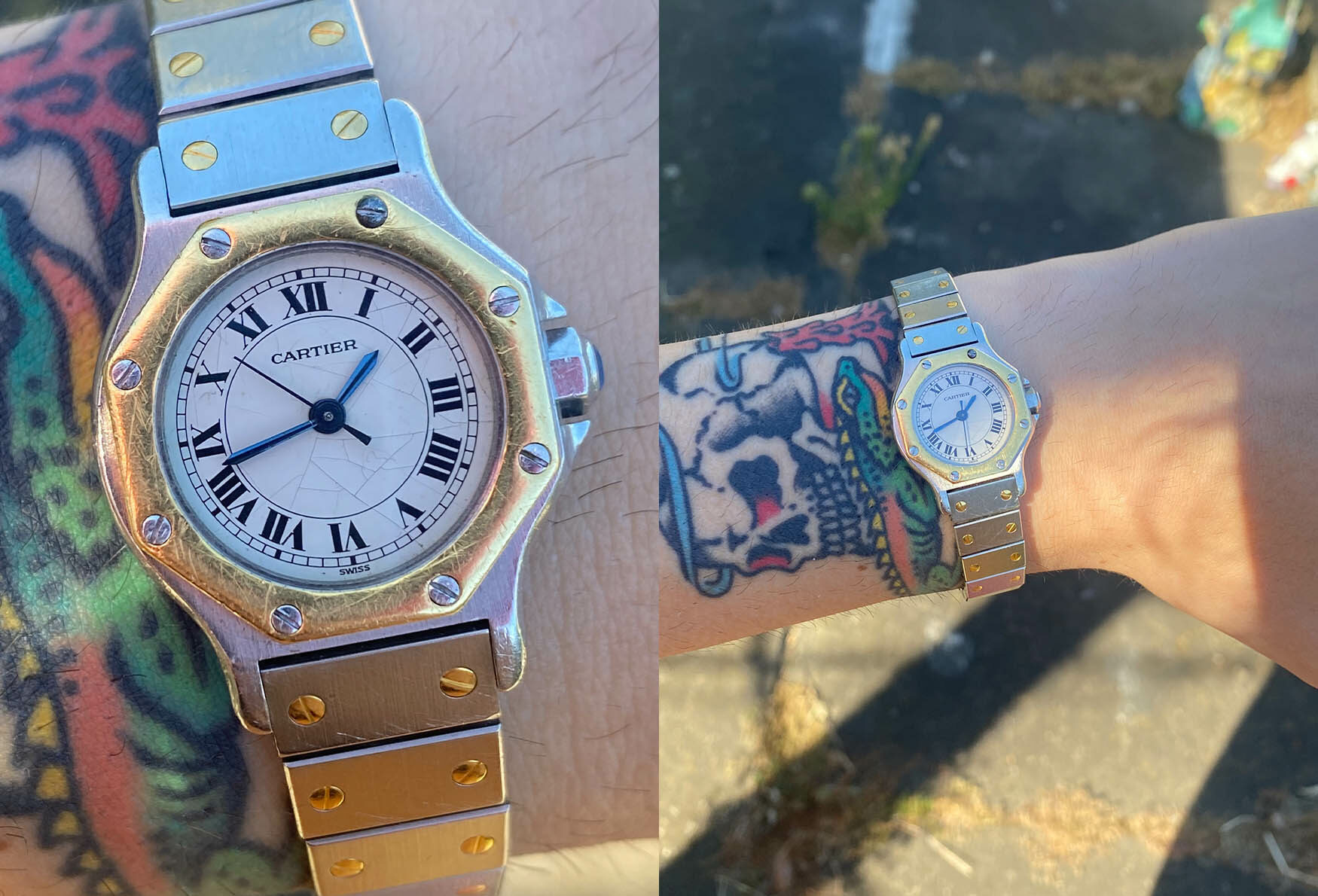How watches can change in photos versus reality
Buffy AcaciaSocial media is a relative newcomer in comparison to watchmaking, but it has completely changed the way we view and interact with them. Picking a watch out of your collection could even be decided by which one would look best for a wrist shot in that day’s environment, rather than which one you’d prefer to wear. The wrist shot, pocket shot, steering wheel shot, and horizon point, all cross our minds whenever we check the time, always desperate for a photo that truly captures how we see the watch on our wrist. But, at least until technology gets a bit better, photos will never be equal to reality. Here’s how watches can change between them.
Size
Turning three dimensions into two isn’t without its issues. You may have noticed that most camera lenses are round, and yet most photos are rectangular. Without getting into the nitty-gritty details, it’s virtually impossible to capture a photograph without any degree of distortion. Shapes must be altered ever-so-slightly to fit, and that can have some strange effects that aren’t apparent from just looking at the end result. The most common example of this comes about in the classic wrist shot. If your camera is looking down at a watch on a wrist, the watch is going to appear much larger than it would seem in reality. This is most likely a big reason that smaller diameters and lug-to-lug distances have become preferable in recent years, and they may not have been major considerations at all before digital cameras came about. So next time you’re about to comment “too big” on someone’s wrist shot, be mindful that it might look a whole lot better in real life.
Colour
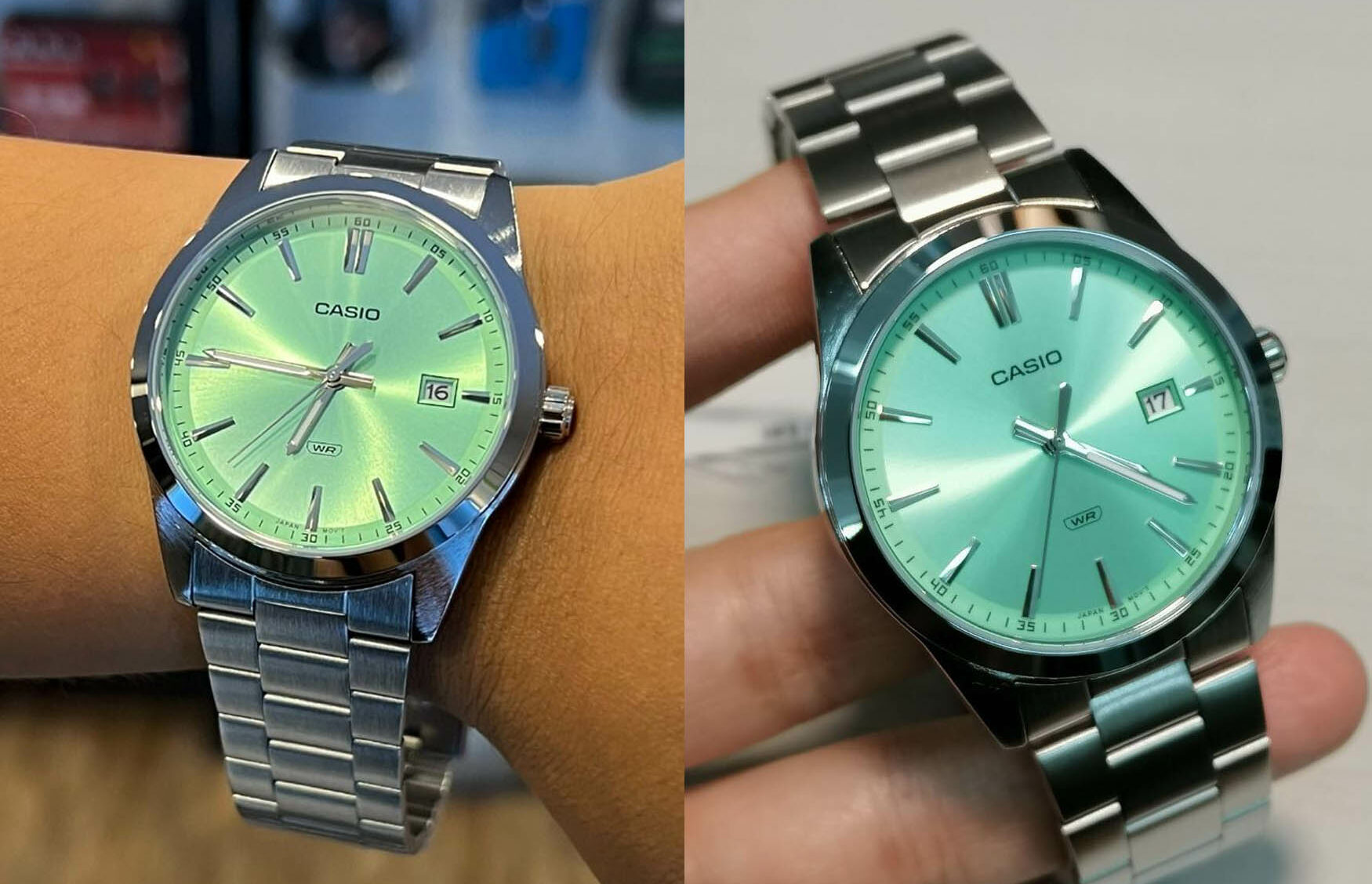
Pretty much every product available to buy online comes with a warning, and that’s the obligatory “photographs may not always accurately reflect the true colours of the product being viewed.” No matter how good they are, cameras are not eyes and do not ‘see’ the way we do. The way they represent light and colour depends on a wide variety of factors and settings, all of which can be adjusted or misunderstood by the photographer. Even to the naked eye, a watch may seem to shift tones depending on the temperature of the lighting conditions, and a camera is even more sensitive. Then, there’s the kind of screen you’re viewing the image on, and whether or not any filters have been applied there. You would think that companies do the best they can to show off the true colours of their watch dials, but taking Seiko and Casio as examples, their product imagery looks far less impressive than the real deal. If you have to make a purchase decision purely based on photos, try to find as many as possible to get a better general understanding of what the colour may be in different conditions.
Reflectivity
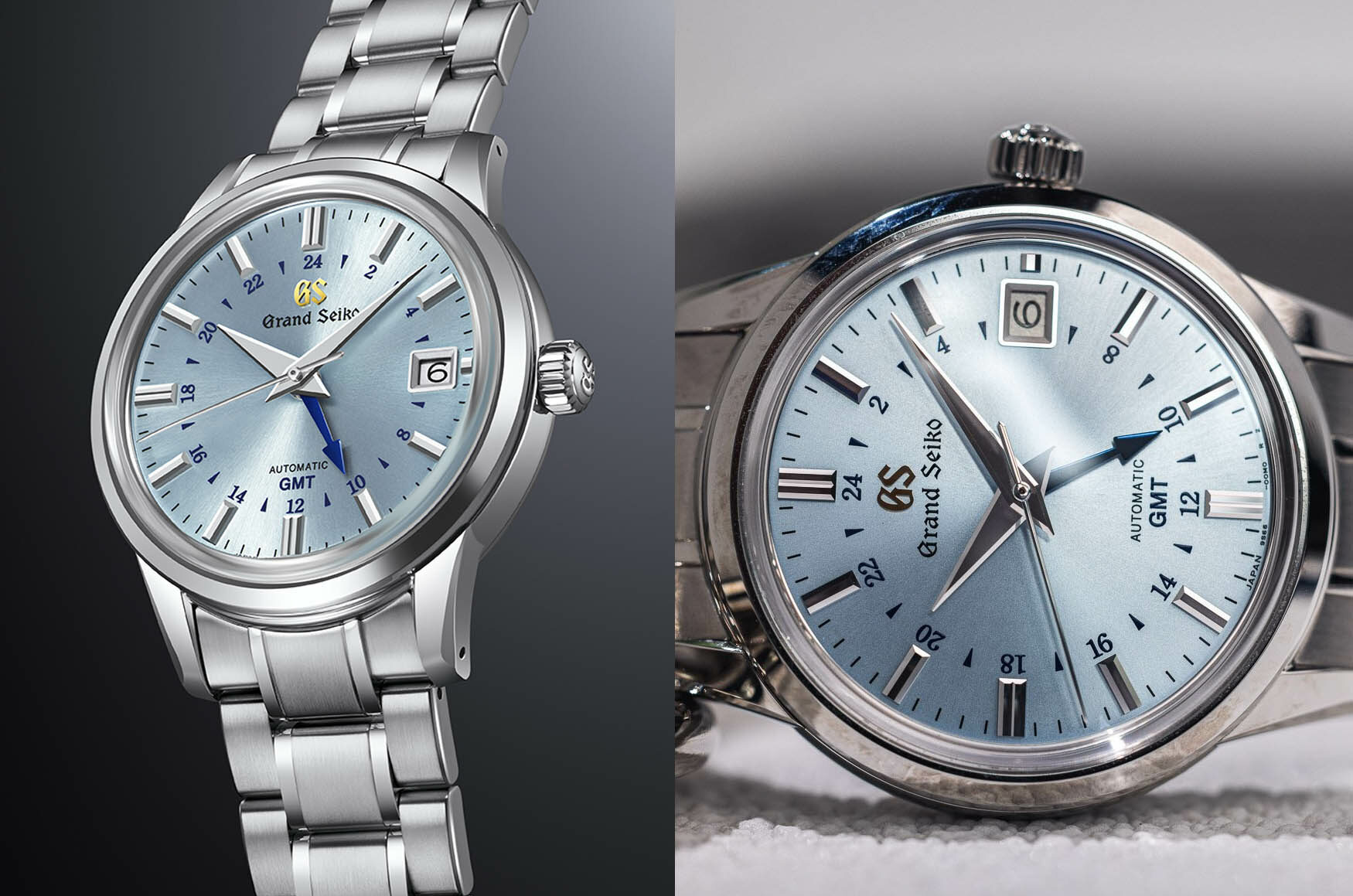
When a surface is polished, we usually see more of the reflections than of the actual surface itself. This is especially true for high levels of black polishing, when the reflection can be truly mirrored and distortion-free. Watches are often covered in polished surfaces, all at different angles which reflect light differently. Especially if a photo has been taken in a studio environment with only white walls around it, our perception of the polished parts will be quite different from the physical object. The previous elements of size and colour distortion also play a role in this, as a watch could easily appear more or less reflective than you were prepared for. If those reflections are key in determining the dressiness of a watch or its level of finishing, it could be upsetting to have a different outcome when you open up the watch box for the first time. It’s true for brushed finishes too, although their reflections are more like large sections of brightness and darkness than identifiable surroundings.
Condition
Given the up-close and personal nature of photography, particularly now when phone cameras are such high definition, there isn’t much that escapes notice. You might think this is a blessing because sellers can’t easily hide condition issues behind blurry photography. But, in a lot of cases, modern photos can actually accentuate blemishes beyond how they appear in the metal. I bought my Cartier Santos Octagon for a low price fully aware of how bashed up it looked in the photos. In fact, I even thought twice about the purchase even though it was less than half the price of the next cheapest one I could find in a similar condition. Then it arrived, and I realised the scratches really weren’t as pronounced in person. Sure, it looks well-loved, but nowhere near as thrashed as the photos had made it seem. Remember that watches are relatively small things and that photos can catch details which eyeballs cannot.




